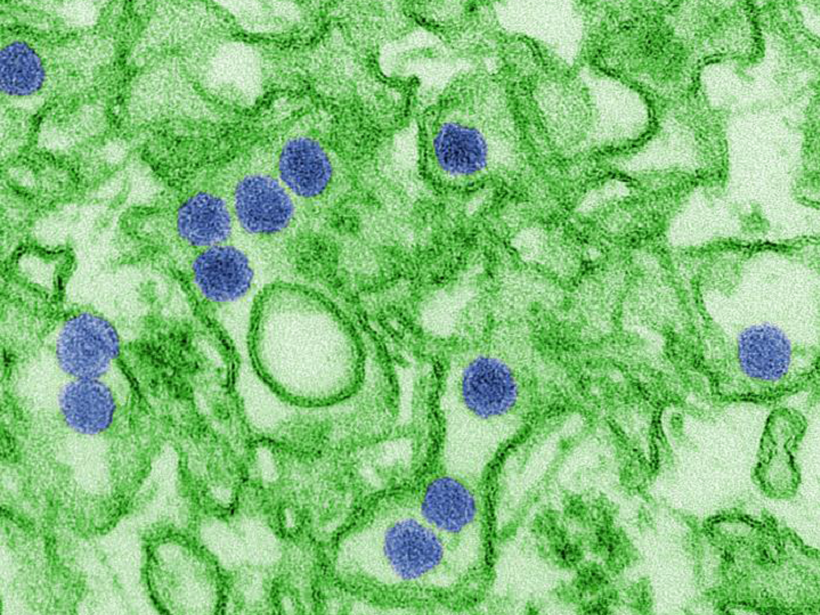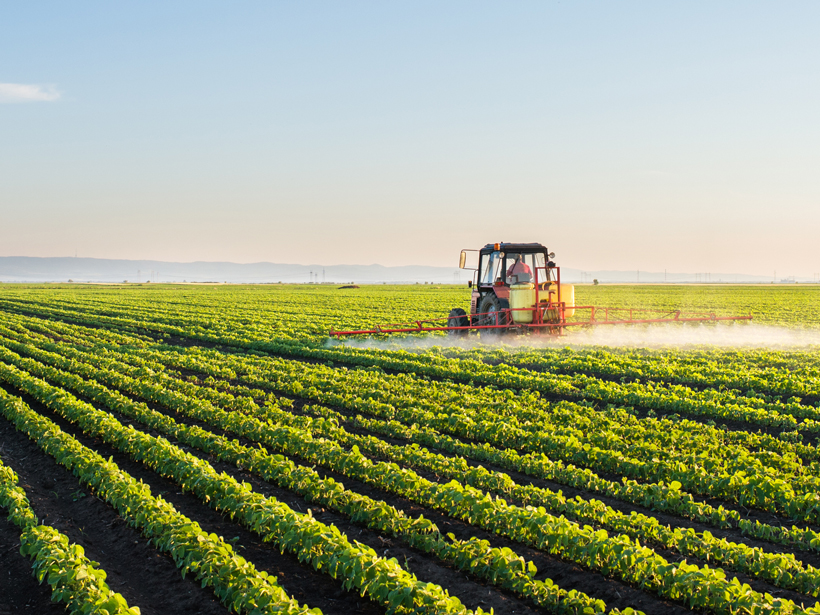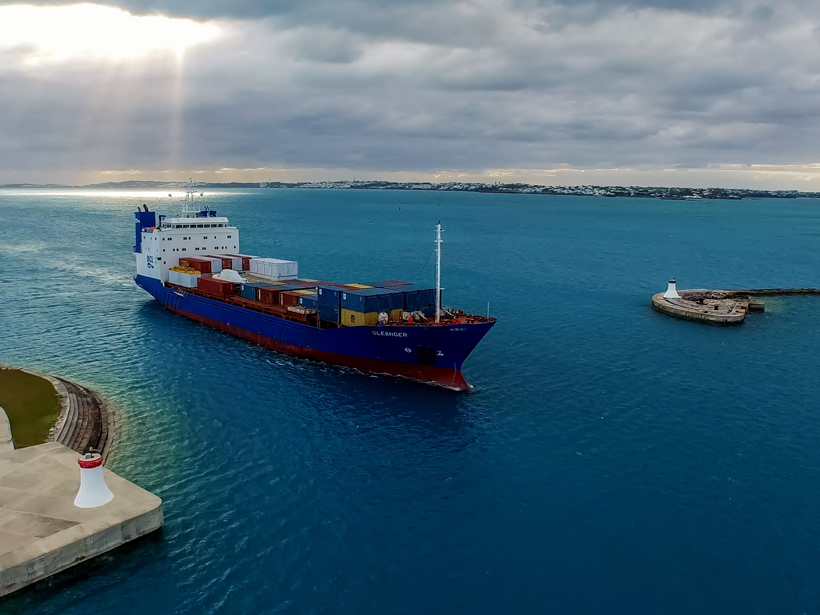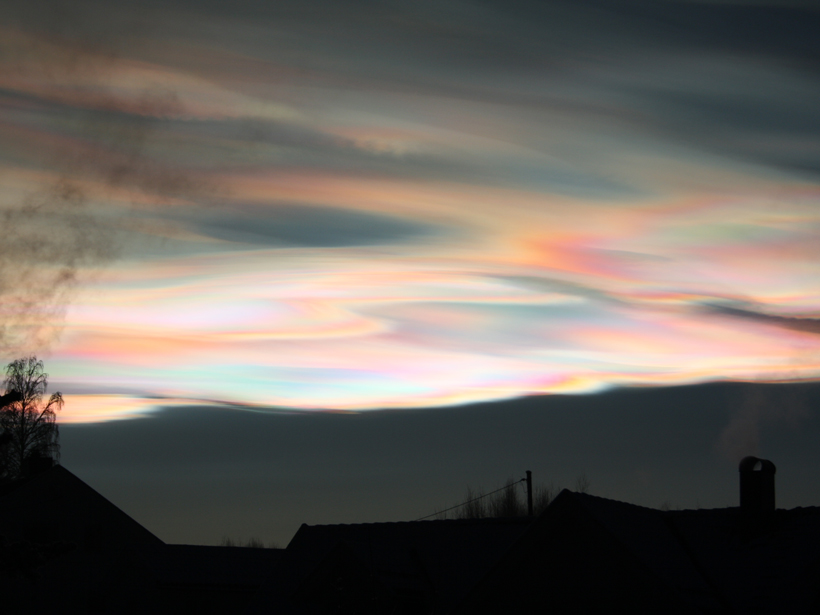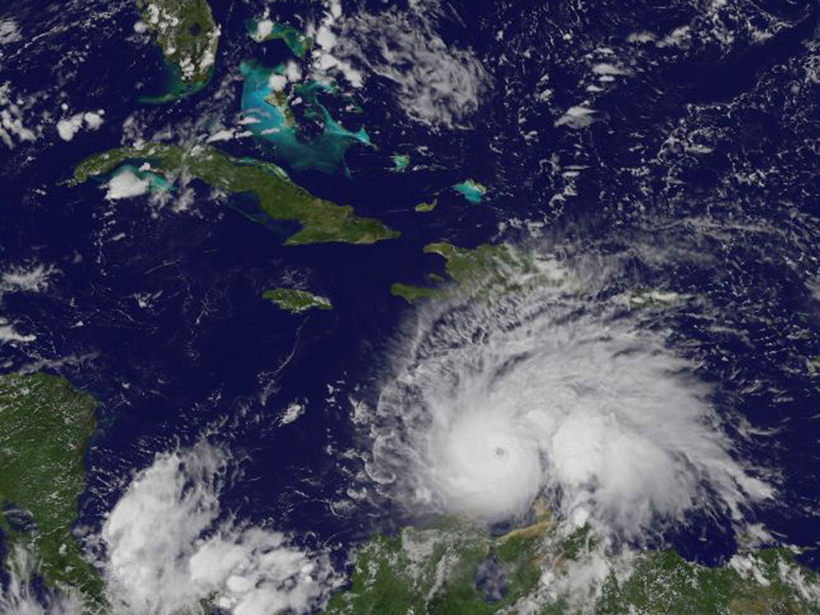AGU’s newest journal, GeoHealth, welcomes papers on a wide range of issues relating to how environmental change is affecting the health and well-being of humans and other organisms on Earth.
CC BY-NC-ND 2017
More Intense Rains in U.S. Midwest Tied to Farm Mechanization
Replacement of horses by machines since the 1940s allowed central U.S. farmers to change the crops they planted, which may have altered regional climate.
A Framework for Decisions on Science and Policy
Human reasoning has helped us become one of the most successful species to populate the planet, but we still struggle with cognitive biases.
Packing Science into a Shipping Vessel
Oleander Workshop II: 25 Years of Operations; Narragansett, Rhode Island, 26–27 October 2016
Reducing Uncertainty in Hazard Prediction
The editors of a new book describe how to characterize uncertainty in natural hazards, the incorporation of uncertainty into modeling, its contribution to better decision-making, and research needs.
Trump’s Early Actions Target Science, Environment
Although the administration declares “historic accomplishments” during its first 100 days, a look back at Earth and space science impacts sees funding threats, rollbacks, and controversial appointees.
Science Offers New Clues About Paintings by Munch and Leonardo
An unusual type of cloud might explain the sky in The Scream, and scientific verisimilitude reveals which is the real da Vinci masterpiece, new studies suggest.
Climate Change’s Pulse Is in Central America and the Caribbean
Nations that border the Gulf of Mexico and Caribbean Sea are ideally placed for tracking the effects of global climate change and testing innovative ways to adapt to future changes.
Iceberg Surge During Last Deglaciation May Have Had Two Pulses
Seafloor sediment cores provide new clues that could help clarify the influence of ice sheet collapse on a period of ocean cooling marked by slowed deepwater circulation.
New Tool for Understanding Landscape Evolution in Drylands
Combining vegetation distribution models and sediment transport models offers a better understanding of how dryland environments change in response to different factors.

